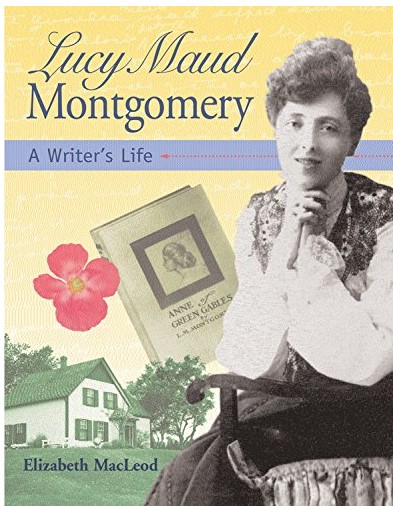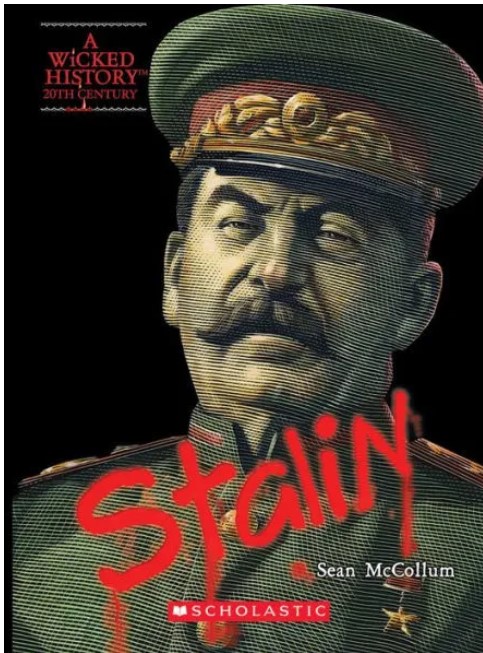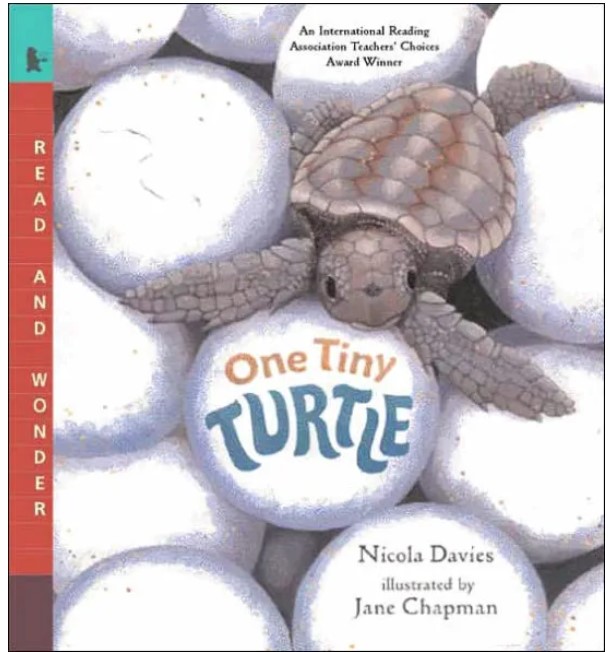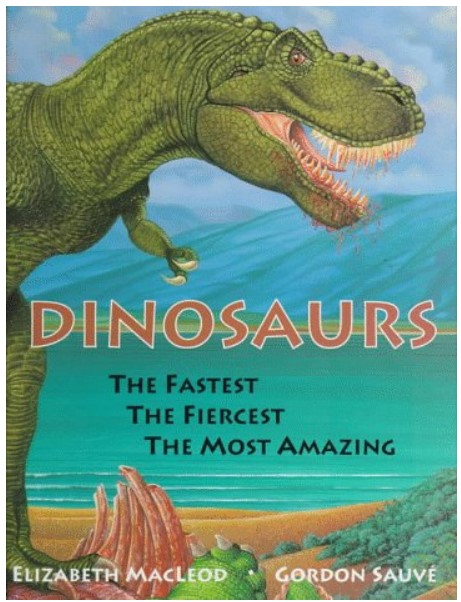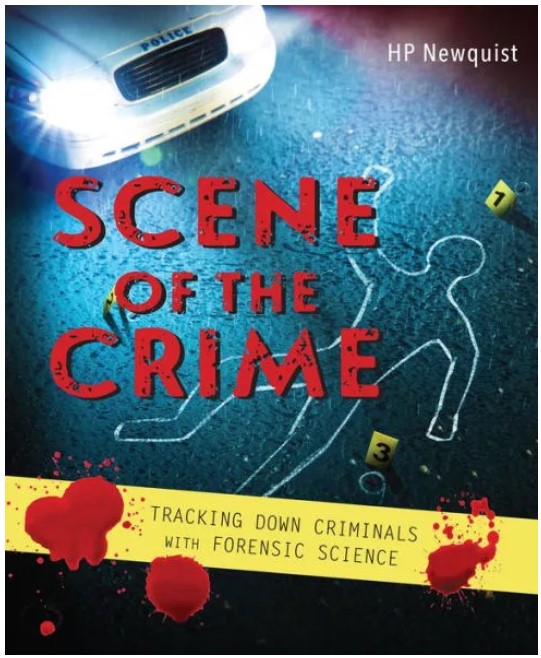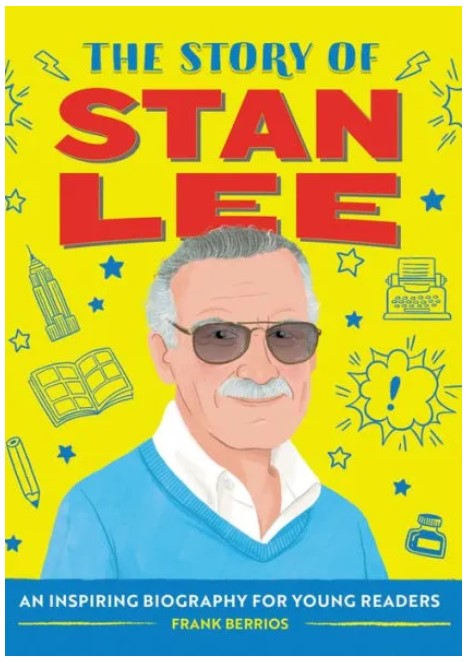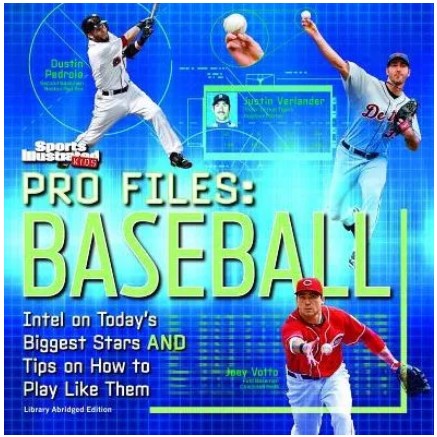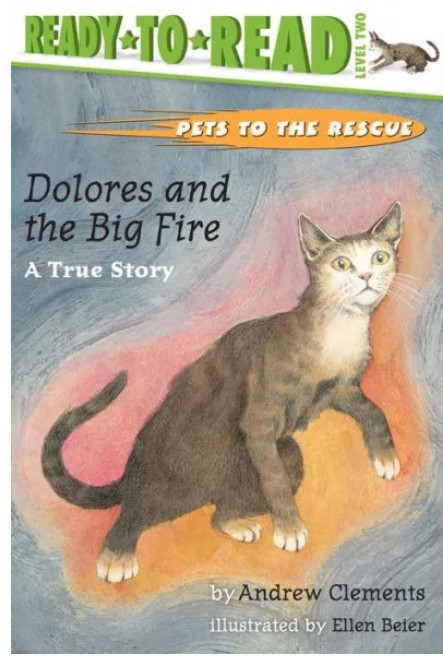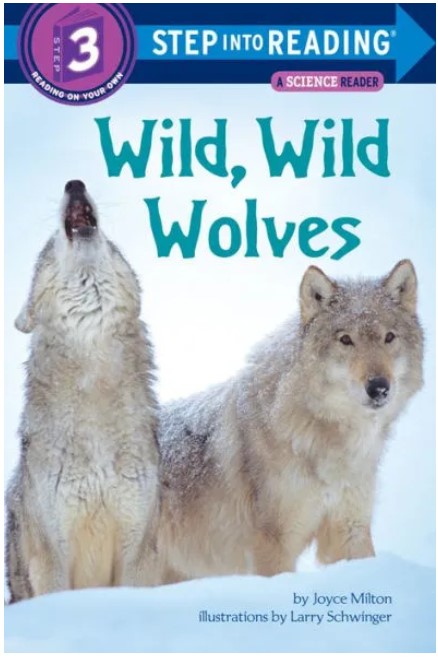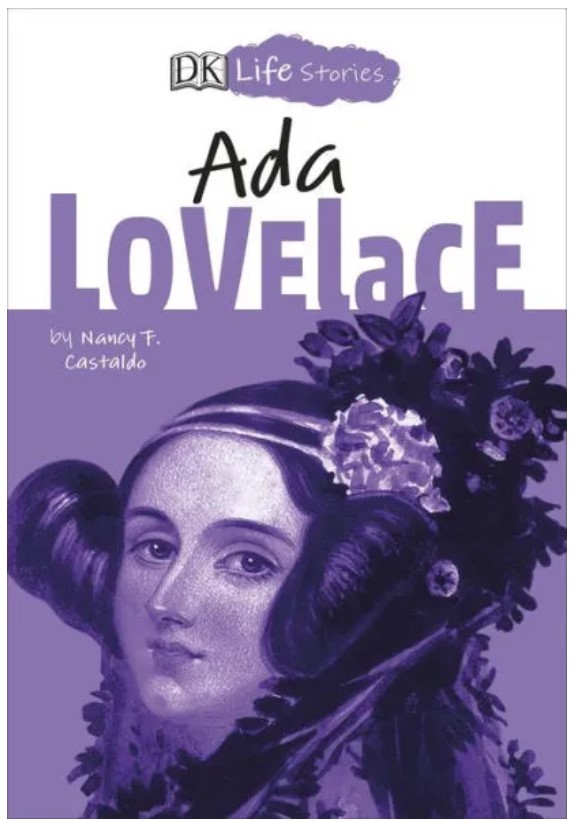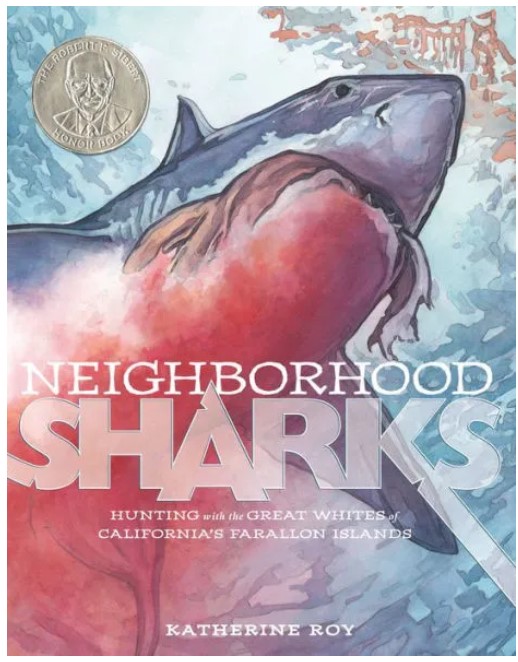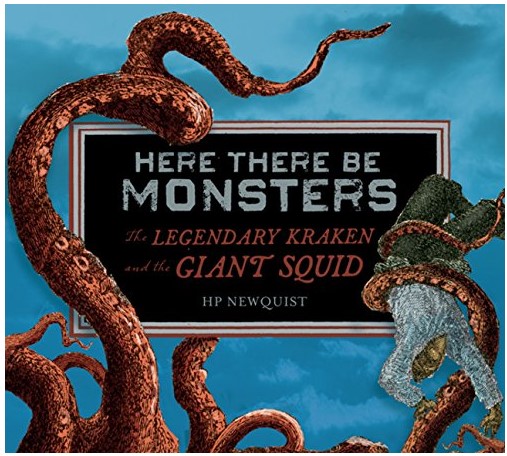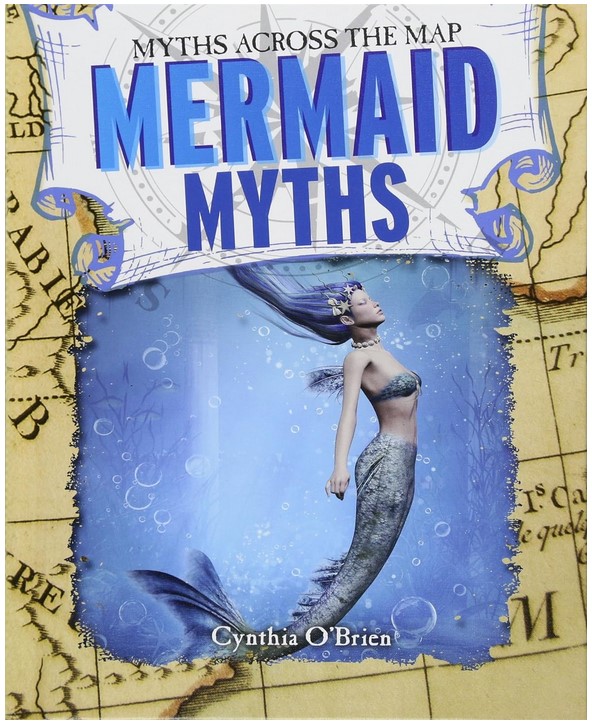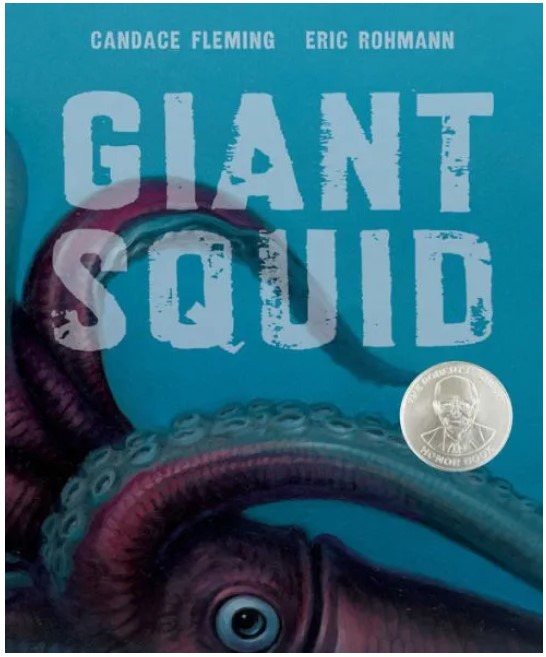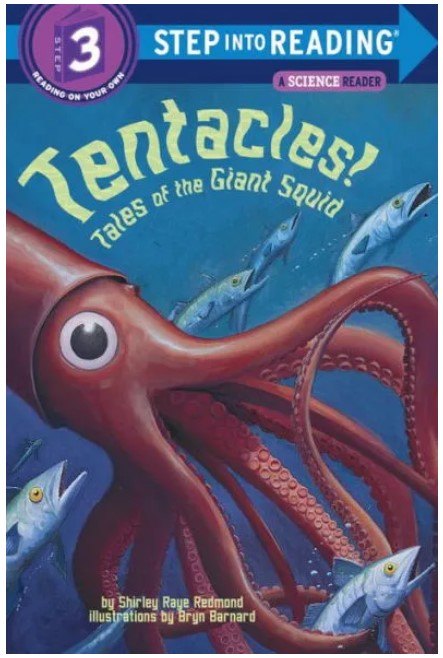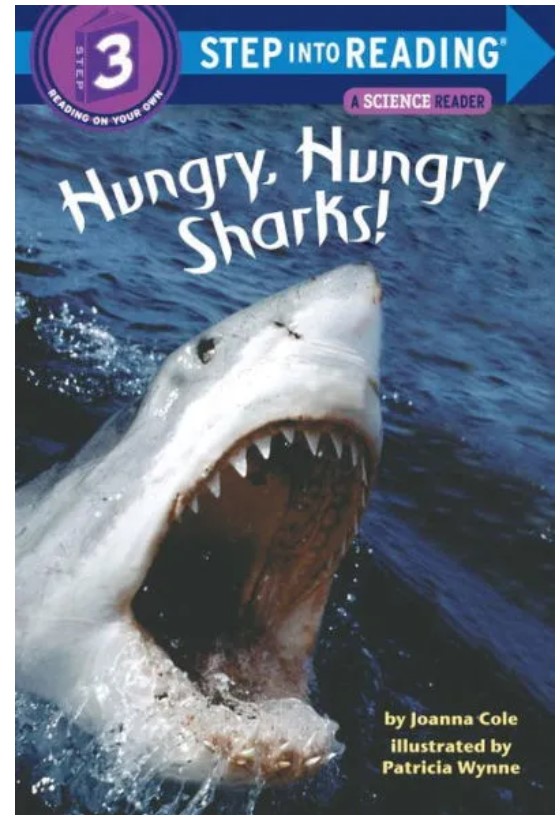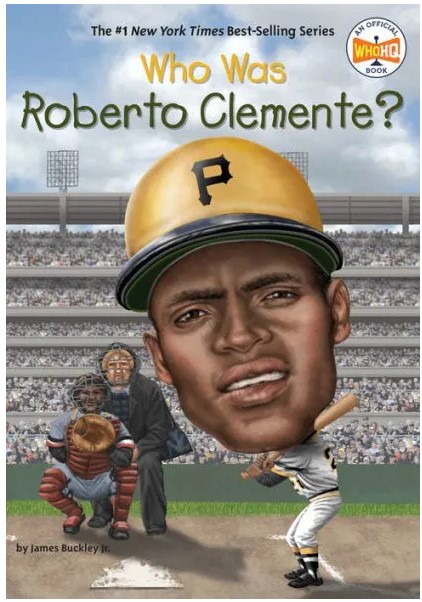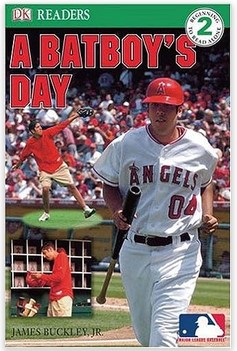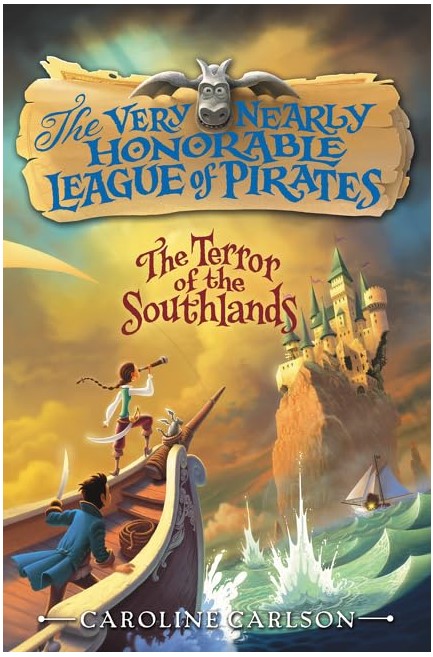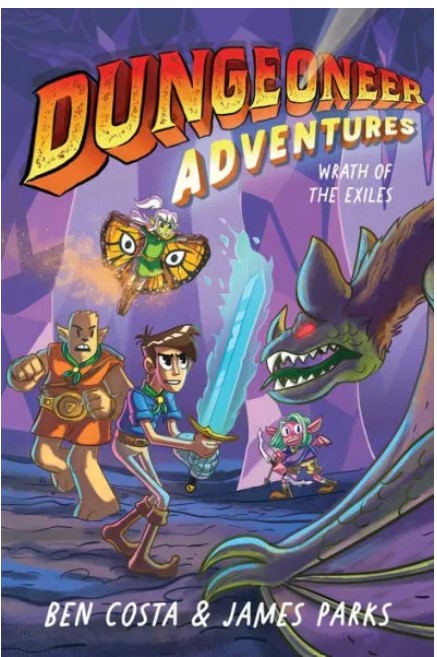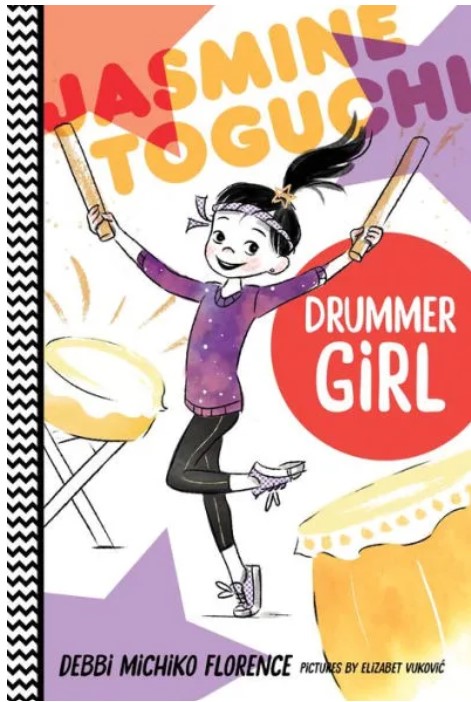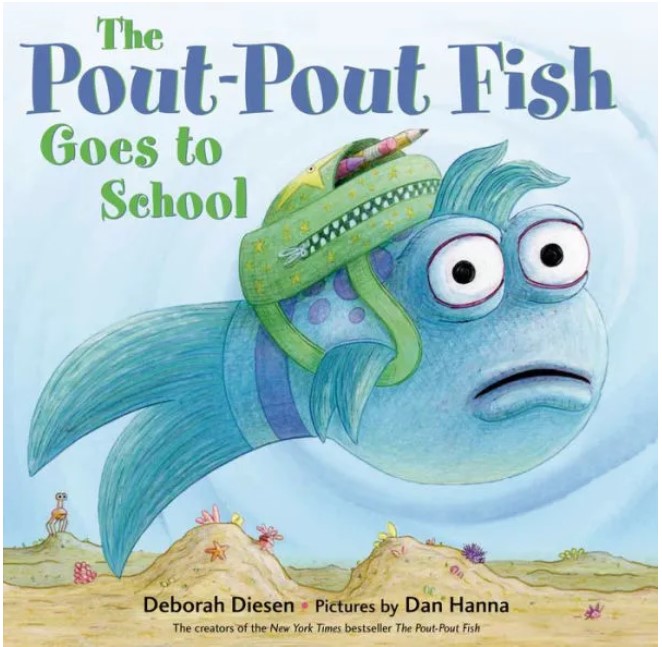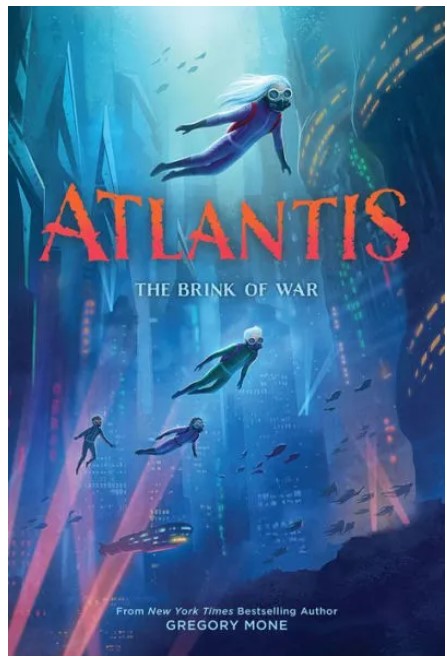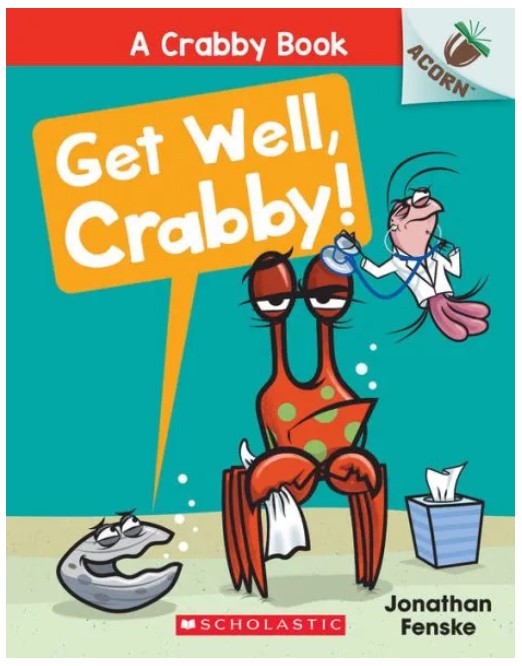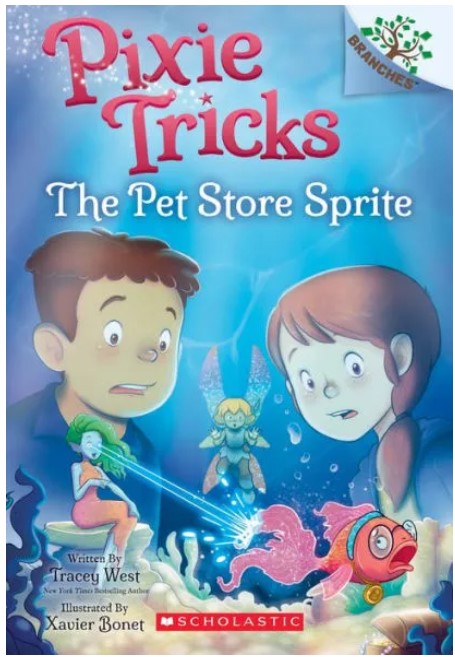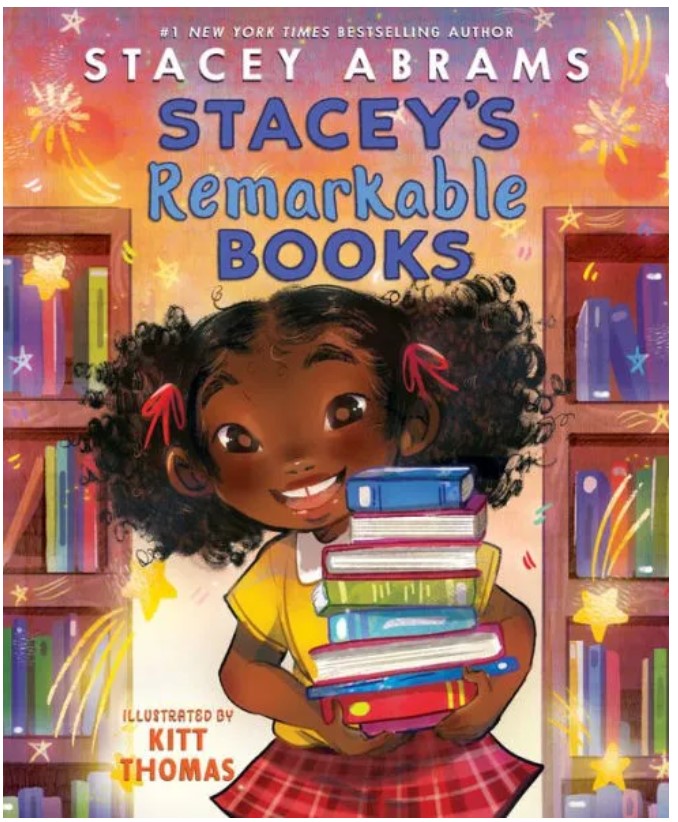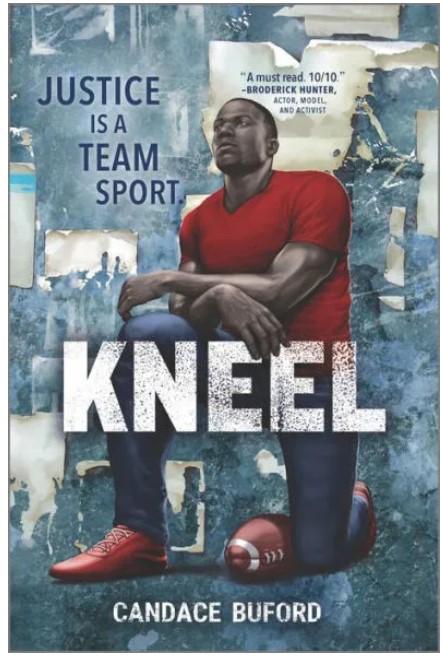Lucy Maud Montgomery believed that one day she would be taken seriously as a writer. Despite facing many obstacles, Montgomery not only earned a good living as a writer but also became famous after creating Anne of Green Gables—one of the most popular books ever written that has been translated into over 20 languages and earned Montgomery worldwide recognition and appeal.
As a girl growing up in the 1800s, Montgomery’s dream of becoming a writer was unthinkable—at this time, only men were authors. However, when Montgomery was 16, she published her first poem. When she was in her 30s, Montgomery was writing “silly stories. Potboilers she called them, because they earned money to keep the pots boiling on the stove with enough food for her and her grandmother.” However, many people believed “she was odd because she earned her living as a writer, so they snubbed her.”
Getting rejections from publishers was disheartening for Montgomery. However, she was determined to write a book. The first book that Montgomery published was Anne of Green Gables, which launched Montgomery into the limelight. Despite Montgomery’s success as a writer, she still lived with her grandmother, who “wouldn’t let her make any changes to their house to make it more uncomfortable.” In addition, her grandmother still gave her a bedtime and only allowed Montgomery to take a bath once a week.
Lucy Maud Montgomery is only 32 pages, but it’s packed full of information about Montgomery’s life. Each two-page spread weaves the real events of her life into the fabric of her fiction using photographs, excerpts from newspapers, and actual journal pages. This biography explores Montgomery’s struggle and determination to realize her dreams. Despite difficulties in her private life, Montgomery continued to find success as a writer and became famous in Canada and Europe.
Lucy Maud Montgomery: A Writer’s Life is part of the Snapshots: Images of People and Places in History Series and includes a concise timeline and a listing of pertinent websites. Anyone who has ever dreamed of being a writer or who has read Anne of Green Gables will be fascinated by Montgomery’s life.
Sexual Content
- None
Violence
- None
Drugs and Alcohol
- None
Language
- None
Supernatural
- None
Spiritual Content
- None
